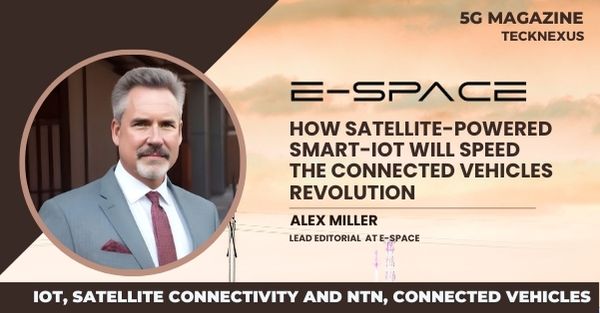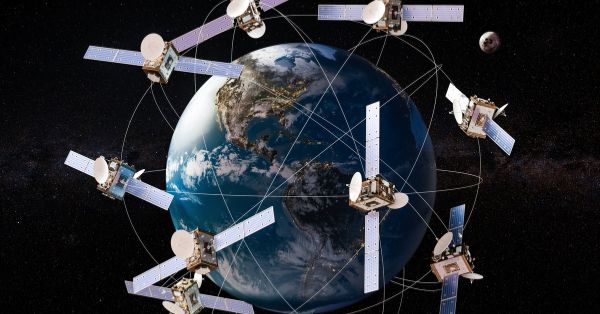Reliance Jio is likely going to launch an affordable 5G smartphone to prepare the Indian market to consume its 5G services. Jio is going to be one of the telecom operators offering the widest 5G coverage in India. It would be hard for Jio to keep the manufacturing costs low because of the rise in the price of smartphone components. Thus, it would be interesting to see how the company markets its 5G smartphone. The device could be announced as early as during the upcoming Annual General Meeting (AGM) of Reliance Industries Limited (RIL) on August 29, 2022. Let’s take a look at the leaked specifications and potential price of Jio’s 5G smartphone.
Likely specifications of Reliance Jio 5G Smartphone
According to a TOI report, the 5G smartphone from Jio could come with plans bundled with unlimited data and voice calling benefits. It could sport the Qualcomm Snapdragon 480 SoC coupled with up to 4GB RAM and 32GB of internal storage. There could be a 6.5-inch HD+ IPS LCD display and a dual-camera setup at the rear with a 13MP primary sensor and a 2MP macro sensor. The selfie camera may be an 8MP sensor. The device could come in two RAM variants – 2GB and 4GB. It is most likely going to run on Pragati OS that Jio developed in partnership with Google for the JioPhone Next.
Jio 5G Smartphone Likely Price and Launch date
The 5G smartphone from Jio might cost less than Rs 12,000 in India. None of the Indian brands, including Micromax, Lava or Karbonn, have launched a 5G device at this price range yet. One of the most affordable 5G smartphones in the market from a trusted brand right now is the Samsung M13 5G which was launched recently for Rs 13,999.
It could go on sale during the upcoming festive season of Diwali. JioPhone Next was also launched during Diwali 2021. Note that all of these are leaked details and speculations as well. Nothing has been confirmed by the company yet.




























